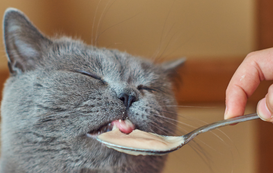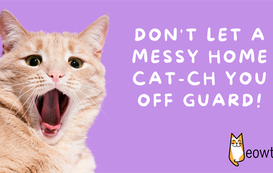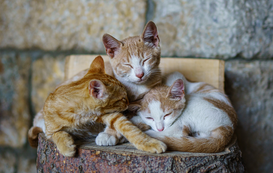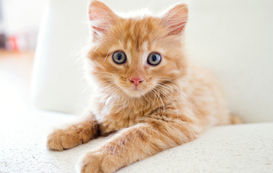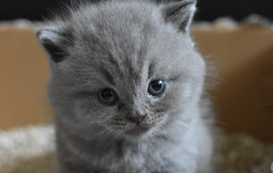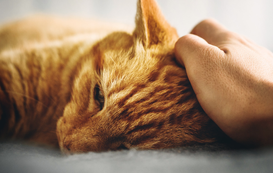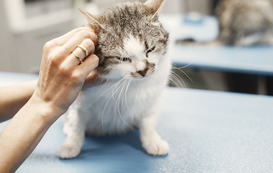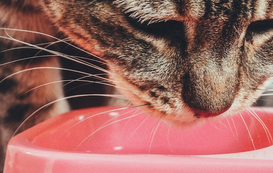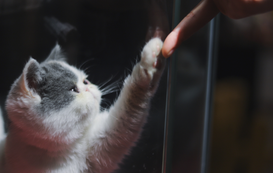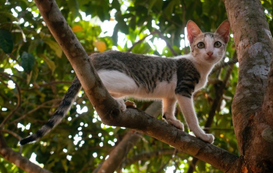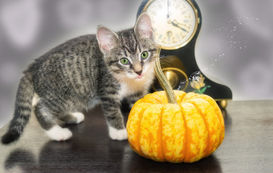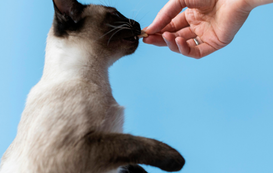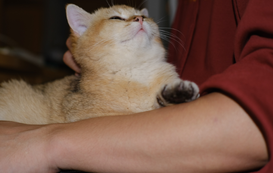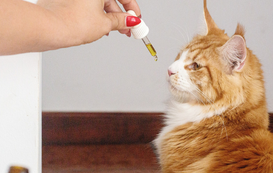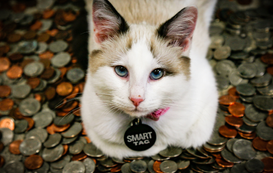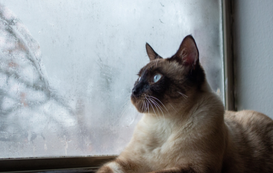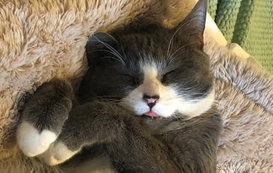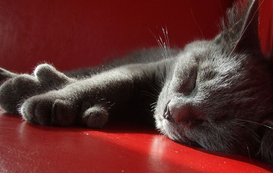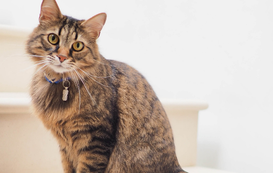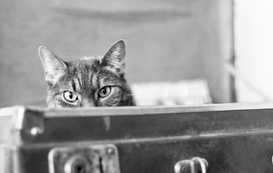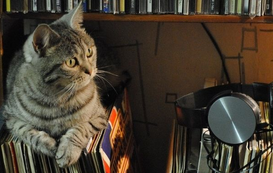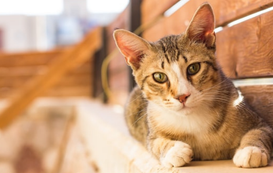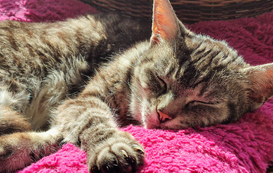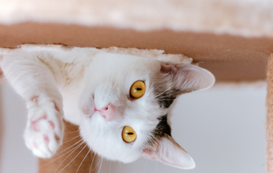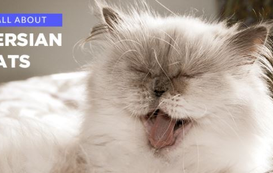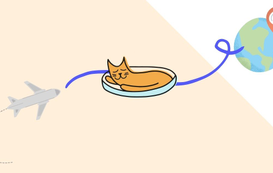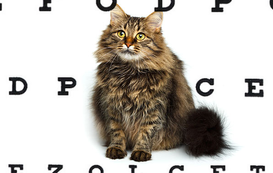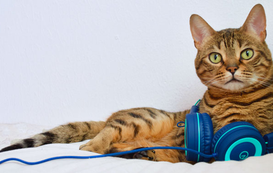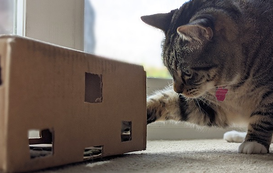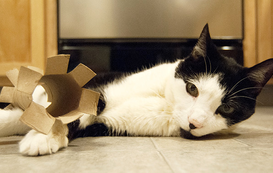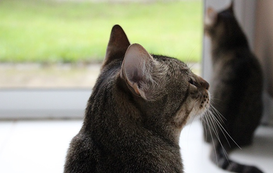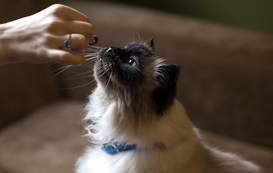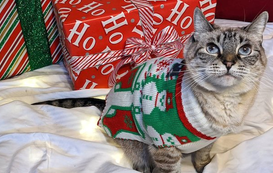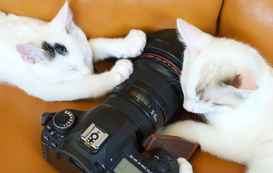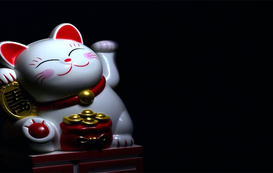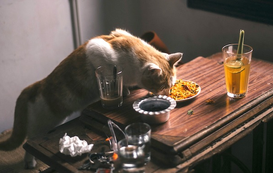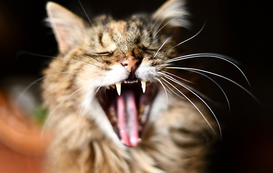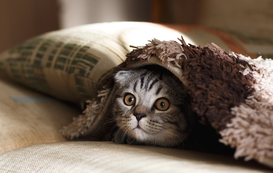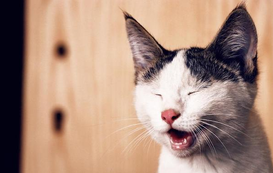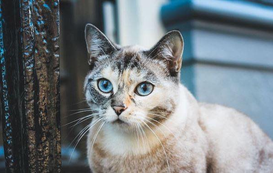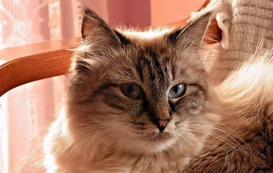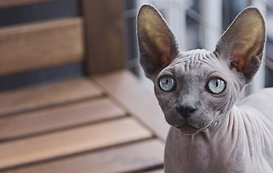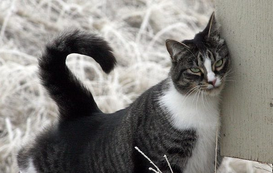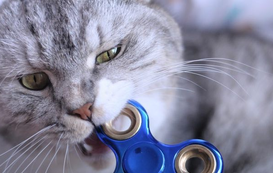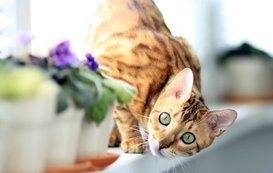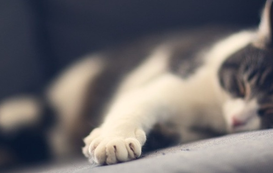- Home
- Cat Sitter Blog
- Cat Ownership
- 4 Tips For Keeping Kitty’s Teeth Squeaky Clean
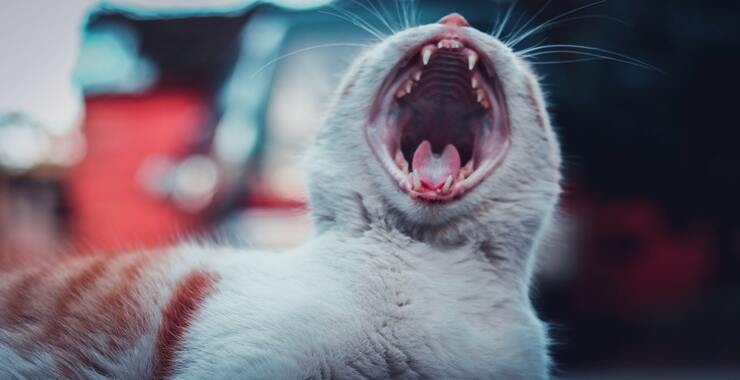

Popular posts
4 Tips For Keeping Kitty’s Teeth Squeaky Clean
Did you know that keeping your kitty’s mouth clean can have an impact on their overall health? Estimates suggest that around 50-85% of cats develop some degree of gum disease by three years of age. It’s important to take action to prevent gum infections and tooth loss, which can contribute to larger issues over time. The American Animal Hospital Assocation recommends taking your cat for a professional tooth examination and cleaning one to two times per year, just like you should do for yourself. At a minimum, you should have your vet take a look at your cat’s mouth during each visit to help you spot early signs of inflammation and tartar buildup.
There are many steps you can take at home to help your cat maintain good oral health between vet visits and dental cleanings. Here are 4 ways you can make an impact starting now.
1. Brush your kitty’s teeth
Brushing your cat’s teeth daily, or even a few times a week, can help reduce plaque buildup and the problems that go with it. Depending on your cat’s demeanor, even getting a toothbrush in their mouth may sound impossible. Just like nail maintenance, it is often much easier for your cat to allow you to brush their teeth if you start doing so while they’re still a kitten. If you’re dealing with an adult cat and don’t know where to start, petMD has some helpful tips to help you choose the proper tools and slowly acclimate your cat to the idea of letting you touch their mouth. Easing into it will ensure that both you and your feline friend are comfortable with the process.
2. Choose the proper diet
Just as food has a strong impact on your cat’s full-body health, selecting the right diet can go a long way in aiding their oral well-being. According to Skyline Animal Hospital, dry kibble, which is sometimes said to help clean your kitty’s teeth by scraping, may not be as beneficial as you may think. They recommend a diet rich in moisture and well-rounded nutrients, such as canned or raw food.
3. Supplement with treats
Skyline Animal Hospital also suggests letting your cat chew on raw bones in order to keep their teeth clean. It is crucial to avoid giving cooked bones as these can splinter and cause serious issues for your cat’s stomach and intestines.
If the thought of serving raw bones to your cat disturbs you, there are plenty of commercial dental treats on the market. As with any new diet change, we encourage you to do your research and consult with your vet regarding ingredients and the impact that such treats may have on your cat’s health.
4. Consider water additives
Dental water additives are typically colorless and odorless liquids intended to fight dental issues while your cat drinks from their water bowl. Fuzzy Pet Health has a guide to help you understand what is in these products and when they may be a good option for your cat. As with any dietary change or additive, please research and consult with your vet before adding a new product to your cat’s diet.
In summary
While brushing your kitty’s teeth may sound daunting, there are plenty of other steps you can take to ensure that your cat maintains good dental health. Keeping up with their oral hygiene can help you feline friend live a long and healthy life. If it has been a while since your cat had their teeth examined, step one is to get them in to see the vet and assess your next steps.
Frequently Asked Questions
Q: What are some specific signs of dental issues in cats?
A: Cats can exhibit several symptoms indicating dental problems, which may be less obvious than those seen in humans. One of the first signs might be bad breath, which is often overlooked. You might also notice your cat drooling more than usual, or the drool may contain blood. They might paw at their mouth or shake their head frequently if they are in discomfort. A reluctance to eat, especially dry food, or a sudden preference for softer foods can also be a signal. In some cases, you might even see visible tartar buildup on the teeth, red or swollen gums, or missing and loose teeth.
Q: How can I effectively brush an adult cat's teeth if they've never had it done before?
A: Introducing an adult cat to tooth brushing can be challenging, but with patience and consistency, it is achievable. Start by getting your cat used to having its face and mouth touched without any brushing. Gradually, introduce a toothbrush designed for cats, letting your pet sniff and interact with it. You can dab a little bit of cat-specific toothpaste on your fingertip and let your cat lick it off to get used to the taste. Over time, progress to rubbing your finger along your cat's gums and teeth gently. Once your cat is comfortable with this, transition to using the toothbrush. Remember, the process can take weeks, and it’s important to keep sessions short and positive.
Q: Are there any risks associated with dental water additives, and how do I choose the right one?
A: Dental water additives are generally safe for cats, but it's essential to choose products specifically designed for them. The main risk involves the ingredients used in some additives, which might not be suitable for all cats, especially those with specific health issues like kidney disease. When choosing a dental water additive, look for one that is vet-recommended, free from xylitol (a sweetener toxic to cats), and ideally, formulated to help reduce plaque and tartar. It’s always best to consult with your vet before introducing any new product to ensure it’s a suitable and safe option for your cat’s specific health needs.
Photo by Owen Lu on Unsplash


